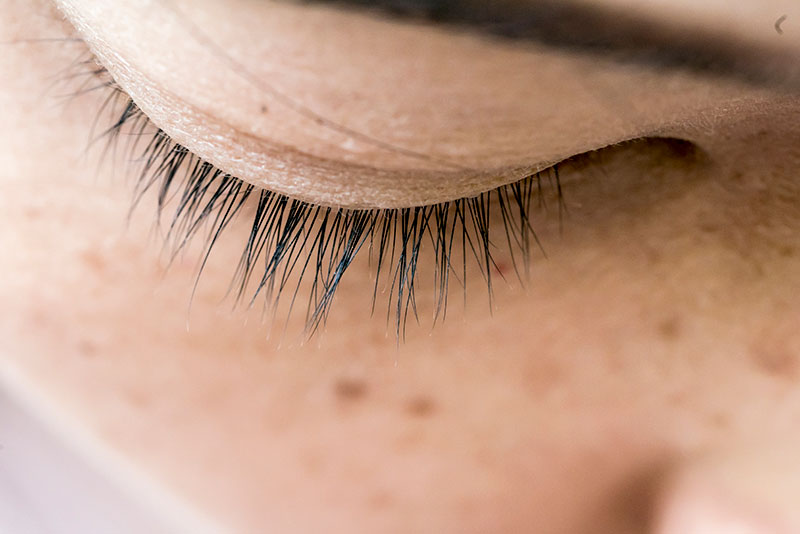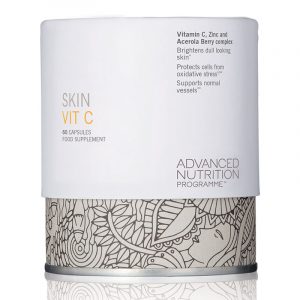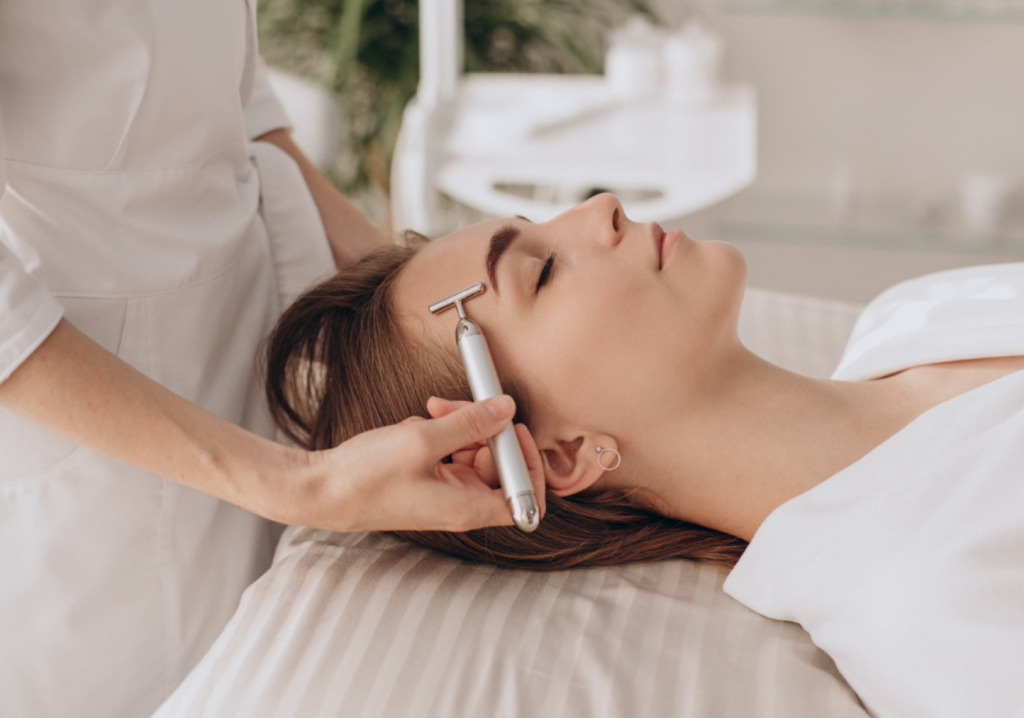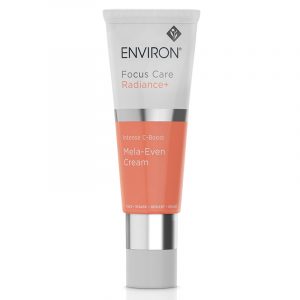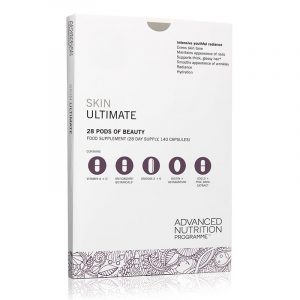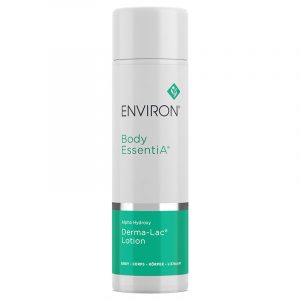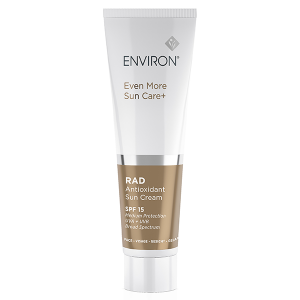Is your pigmentation making you unhappy, affecting your confidence and resulting in you feeling the need to wear more makeup to cover up?
If the answer is yes your not alone, pigmentation is one of the most common yet complex skin conditions skin professionals encounter every day and its on the rise.
Improving pigmentation is challenging for therapists and clients. Pigmentation is often caused by years of damage and reversing this will not happen over night. A holistic approach is vital when treating pigmentation and the more you target the more effective your treatment programme will be. There is no one silver bullet that will cure pigmentation overnight and forever it is a longterm problem that needs commitment and perseverance.
Clients must be patient as results take time to appear. Melanactyes are in the lowest layer of the epidermis. The melanin produced is deposited in the keratinocytes also in the lower epidermis. As the keratinocytes mature and grow, they move upwards through the skin. Once they reach the upper layers of the epidermis we see visible pigmentation. The same is true in reverse when we normalise melanin production, the new, healthy keratinocytes will take time to work their way up to the visible surface of the skin.
Melasma:
Is a specific type of hyperpigmentation caused by hormonal changes and exacerbated by UV damage. Most common during pregnancy or in menopausal women Melasma usually has a distinctive appearance and is usually symmetrical across the face and is sometimes known as the pregnancy mask.
Post Inflammatory hyperpigmentation (PIH):
Is Inflammation in the epidermis stimulated by acne or dermatitis causing darker patches in the skin where flareups have healed. PIH also occurs if skin is severely damaged by an external aggressor such as some chemical peels, or lasers .
Solar Lentigines:
More commonly known as Age Spots, Liver Spots or Sun Spots. Most common in the over 40’s and caused by excess UV exposure
Freckles:
Another type of lentigo, freckles appear at any age and result from the short term response of melanocytes when exposed to sunlight. In freckles, the amount of pigment produced by melanocytes increases, but the number of melanocytes within the cell remains the same. Freckles are not a sign of severe skin damage, but do indicate a susceptibility to UV damage, making sun protection crucial.
Hypo-pigmenation:
Visibly the opposite of hyperpigmentation – hypo-pigmentation creates white or pale marks on the skin due to an absence of melanin. Several genetic conditions such as Vitiligo and albamism can cause hypo-pigmentation

